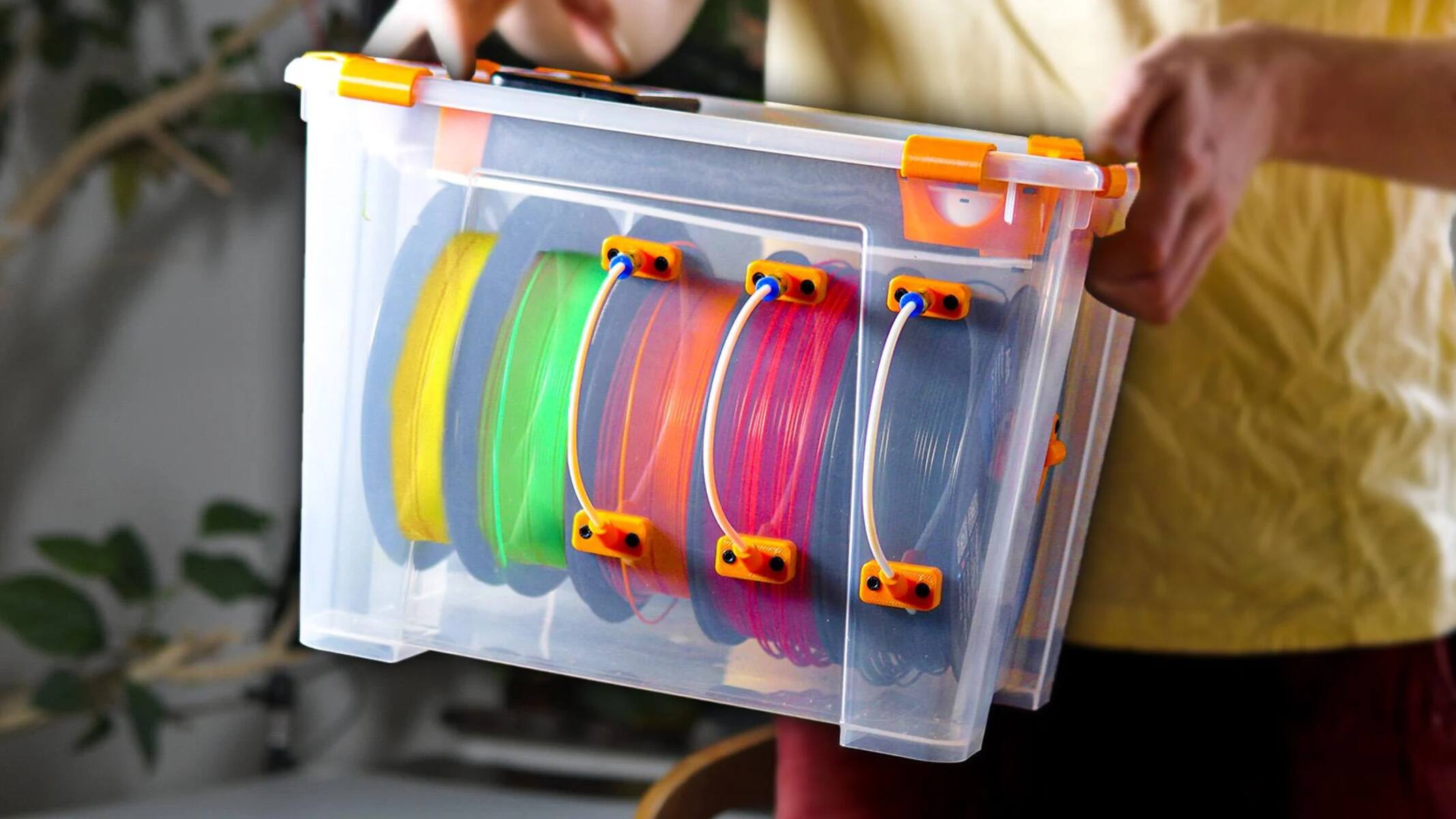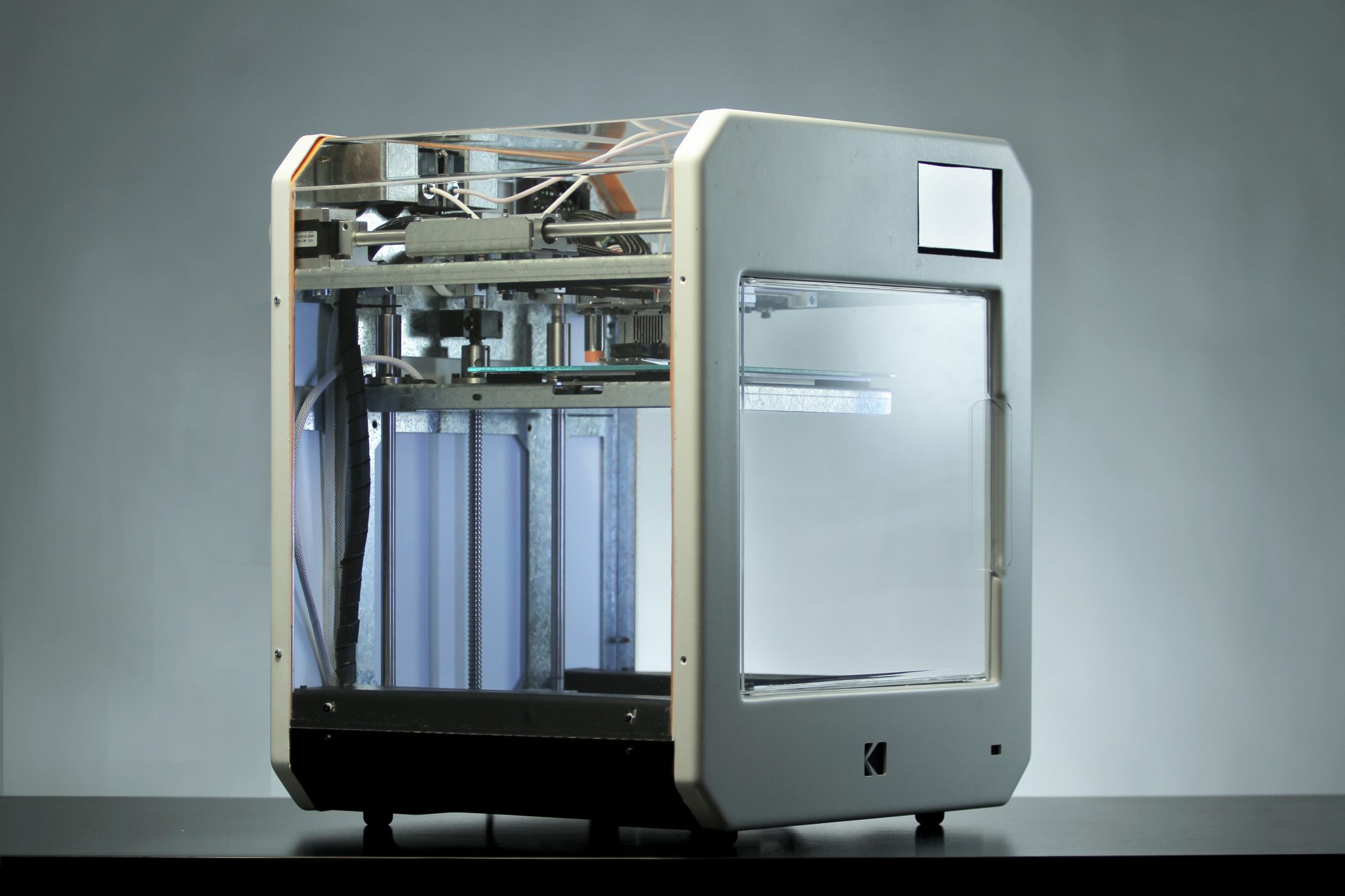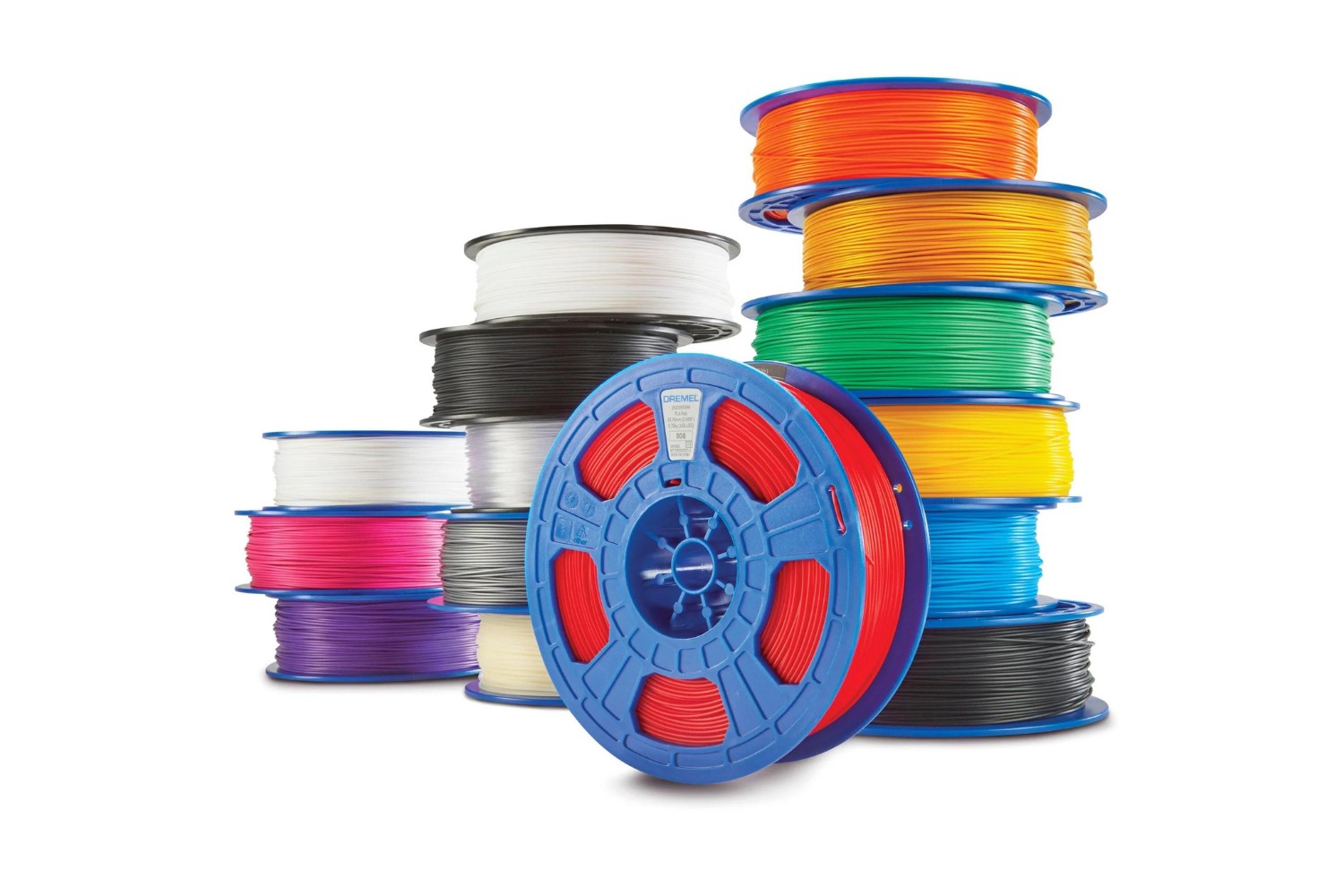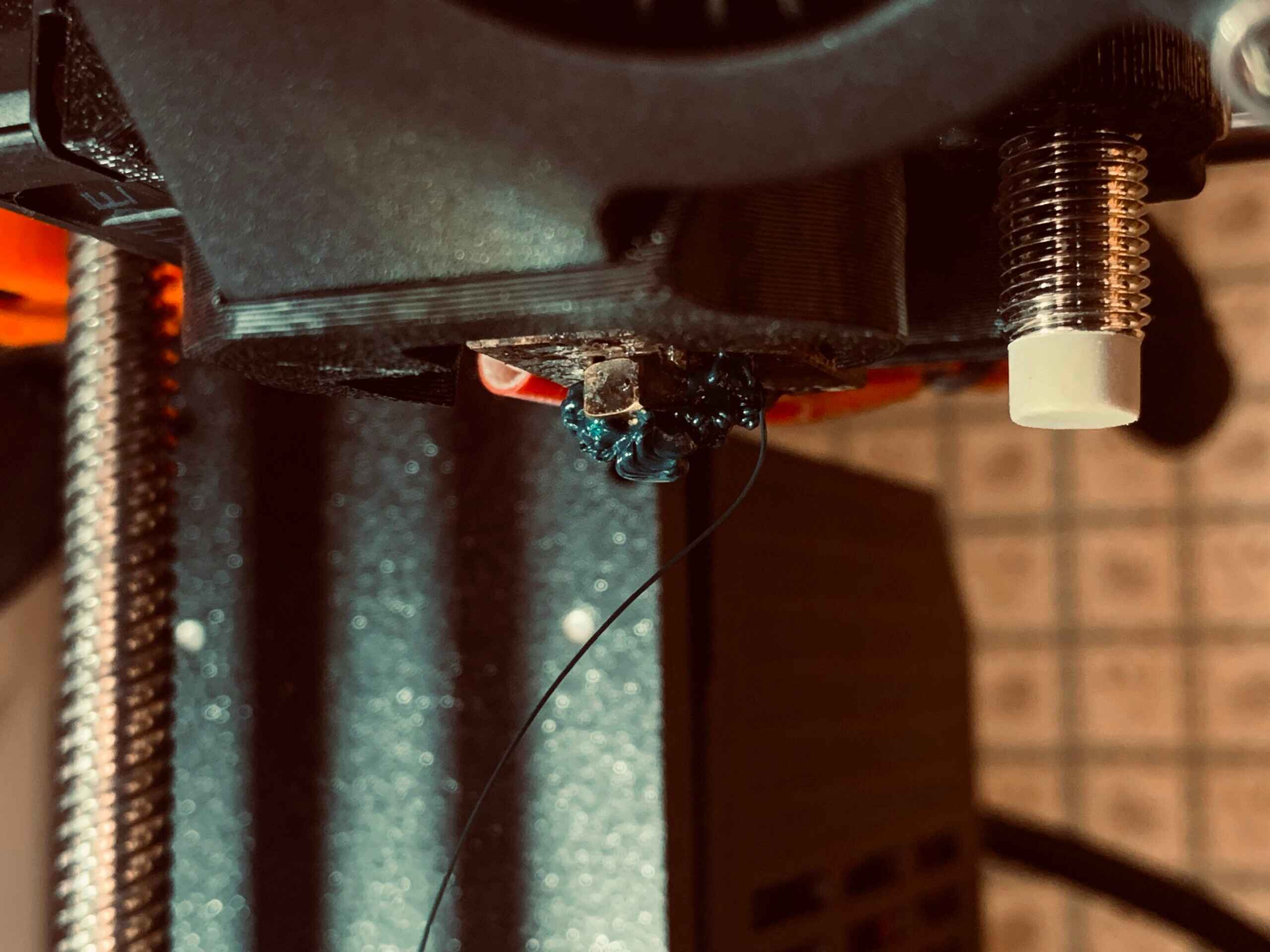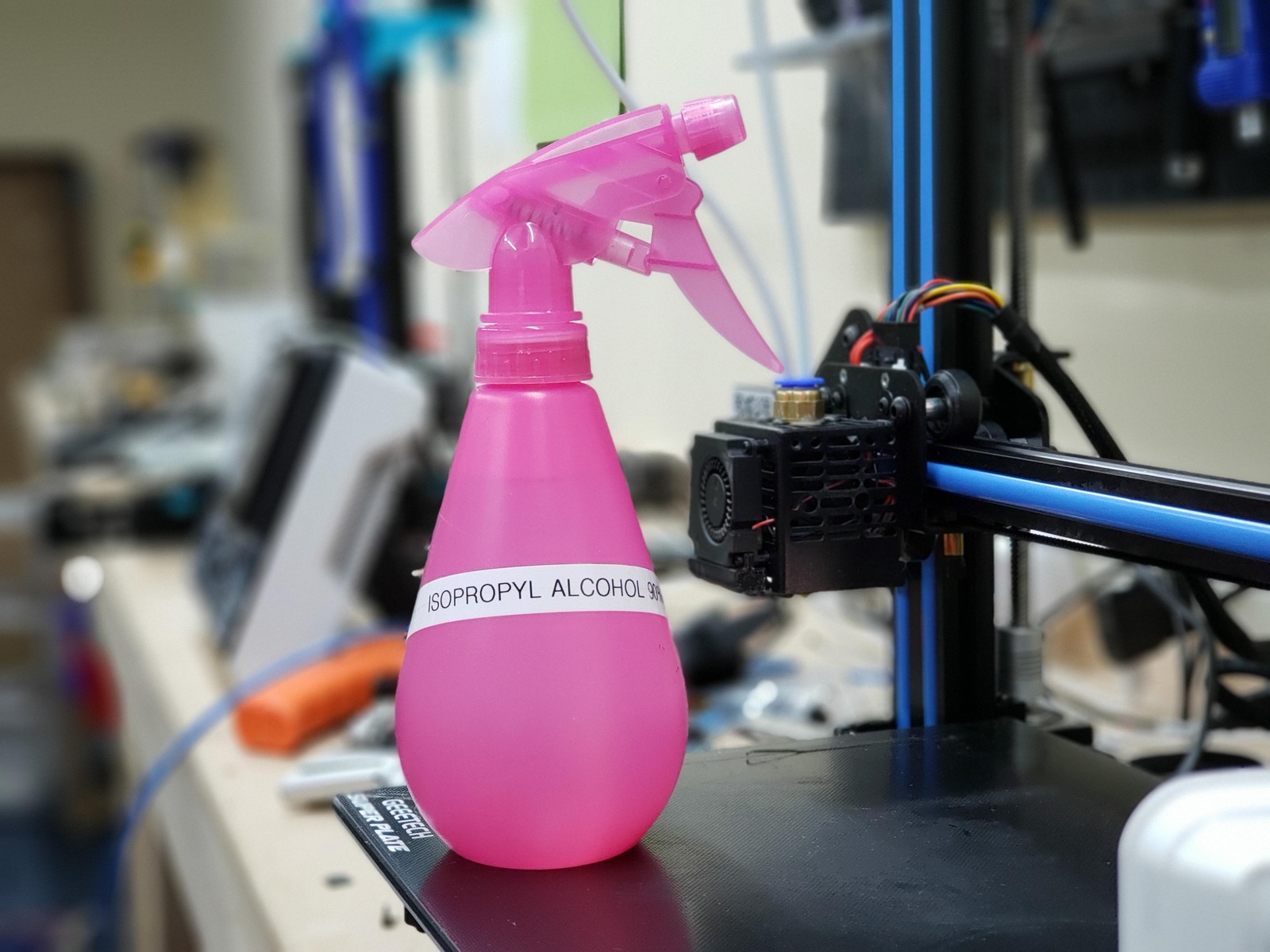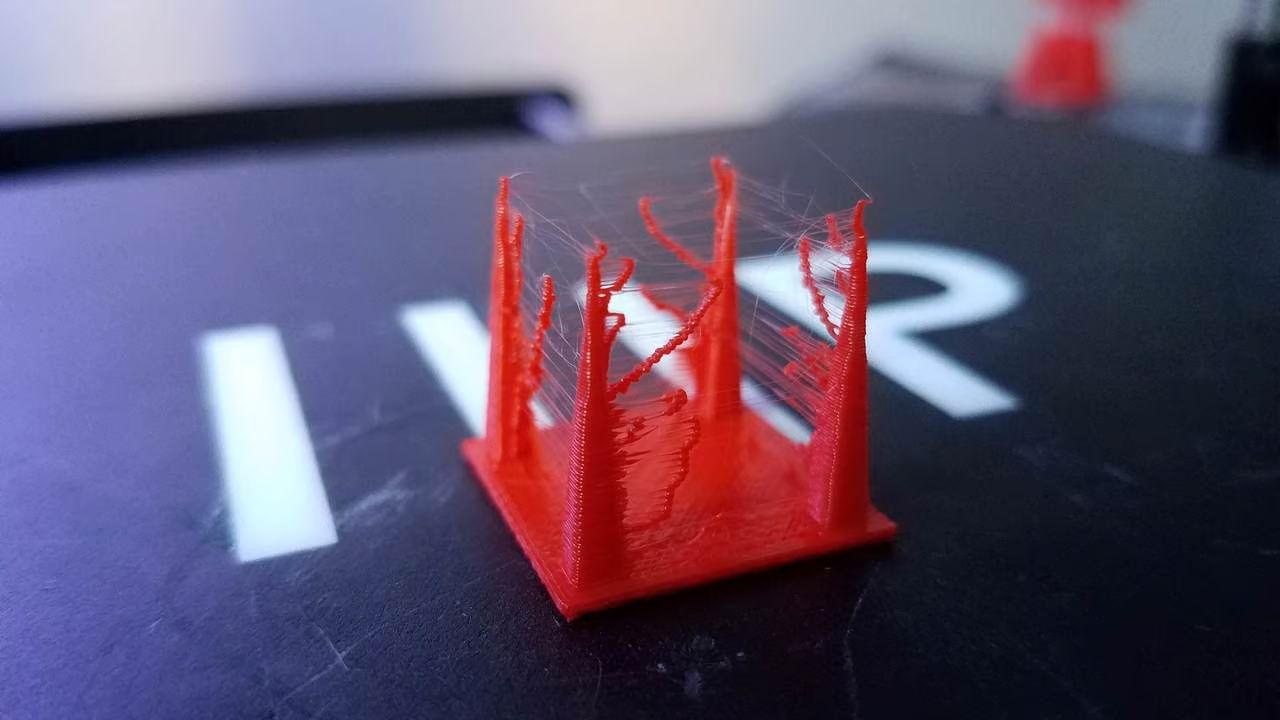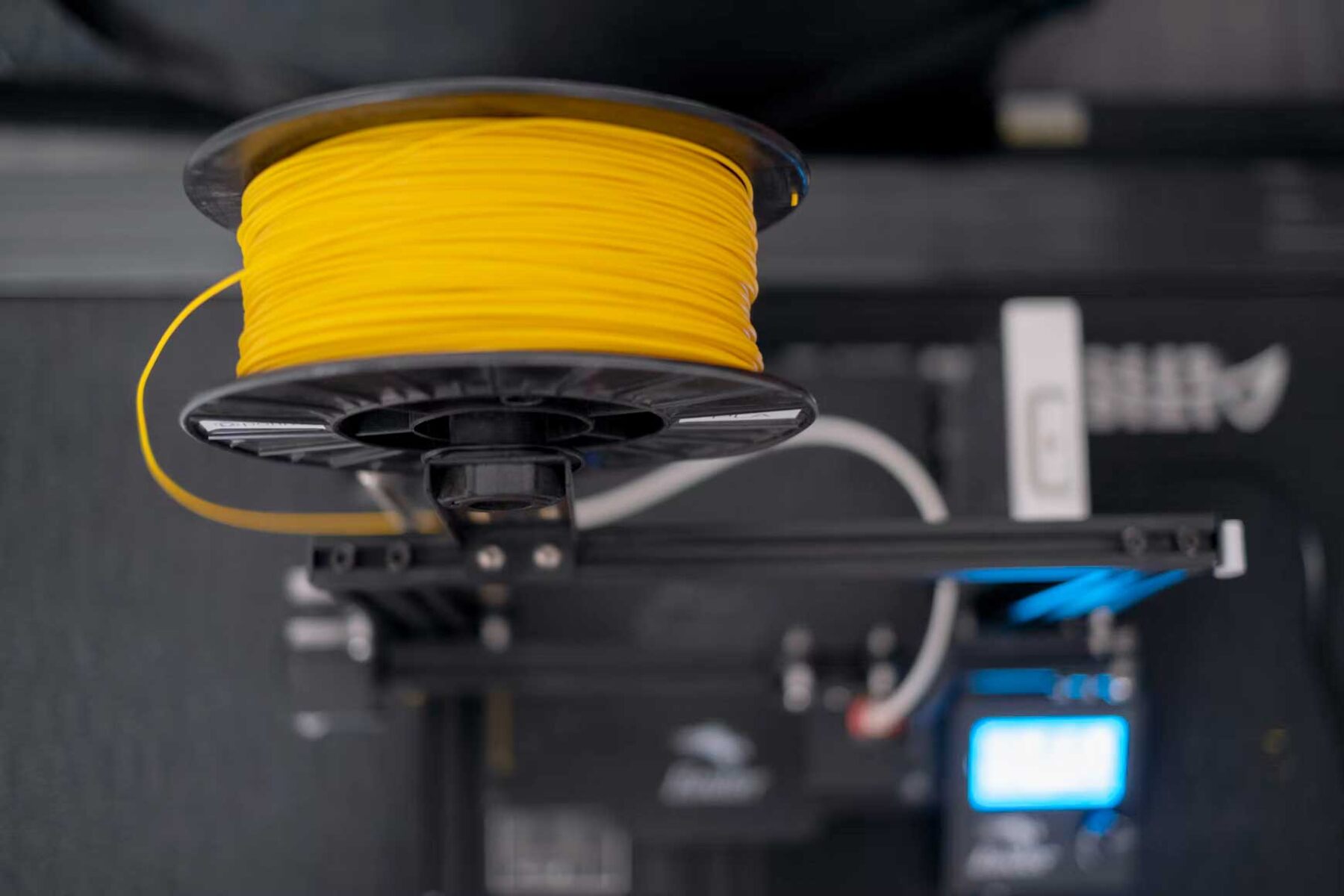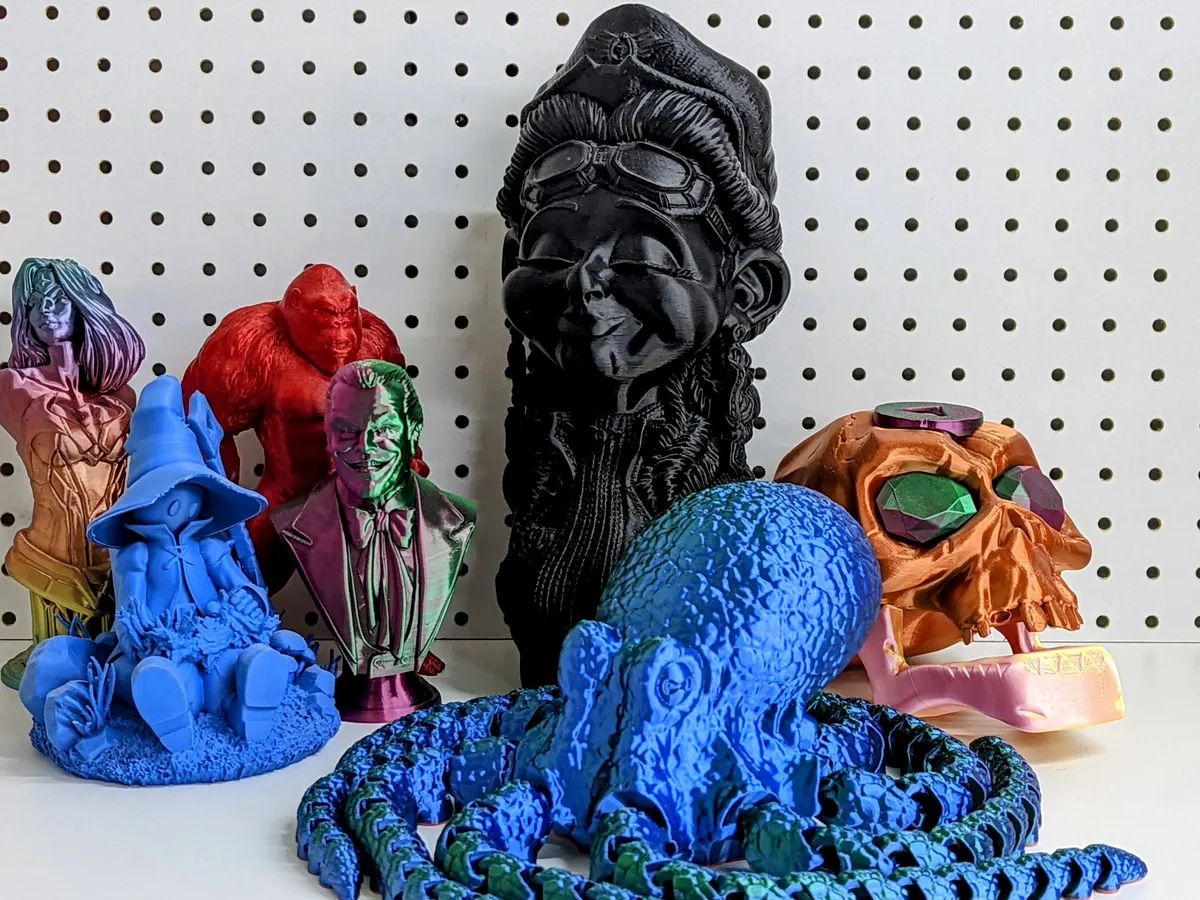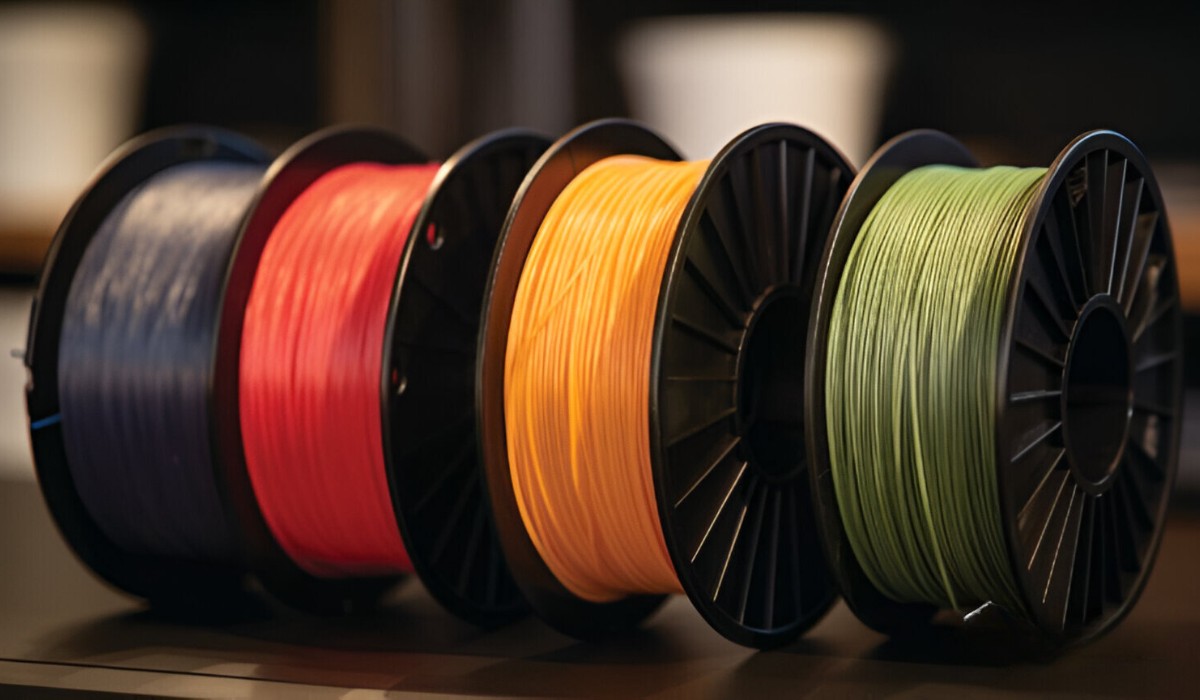Why Dry Filament?
When it comes to 3D printing, the quality of the filament used plays a crucial role in the final output. Filament that is not properly dried can lead to various issues such as poor print quality, failed prints, and clogged nozzles. This is because filament absorbs moisture from the environment, which can negatively affect its properties.
Moisture in filament can cause several problems during the printing process. Firstly, it can create bubbles, voids, or even steam pockets within the filament, which can result in inconsistent extrusion and weak layers. Secondly, when filament with high moisture content is heated during printing, the moisture can turn into steam and generate small explosions, leading to erratic filament feeding or nozzle clogging. Moreover, excess moisture can also lead to uneven cooling of the filament, causing warping or cracking of printed objects.
Drying filament before using it in a 3D printer is therefore essential to ensure optimal print quality and success. It helps to remove any absorbed moisture, restoring the filament to its ideal printing conditions. Additionally, maintaining proper storage and handling practices for filament can also help prevent moisture absorption, further prolonging its shelf life.
By drying your filament, you can achieve the following benefits:
- Improved Print Quality: Dry filament ensures consistent extrusion, resulting in smoother and more accurate prints.
- Reduced Print Failures: Drying filament reduces the chances of failed prints due to moisture-related issues.
- Enhanced Filament Lifespan: Properly dried and stored filament lasts longer as it remains in optimal condition.
- Economical: Drying filament allows you to use materials that may have absorbed moisture, saving you from unnecessary waste.
Now that we understand the importance of drying filament, let’s explore the signs that indicate your filament may be damp.
Signs That Your Filament Is Damp
Determining whether your filament is damp is crucial in order to take the necessary steps to dry it before using it for 3D printing. Here are some signs to look out for:
- Popping and Sizzling Sounds: If you hear popping or sizzling sounds during printing, it could be an indication of moisture trapped in the filament. The heat from the nozzle causes the moisture to evaporate, resulting in these noises.
- Poor Print Quality: Damp filament can cause various print quality issues such as inconsistent extrusion, under-extrusion, or rough surfaces. If your prints are coming out with visible defects or lack proper layer adhesion, it may be due to moisture in the filament.
- Stringing and Oozing: Excessive stringing or oozing of filament during printing can be a sign of dampness. Moisture affects the flow characteristics of the filament, leading to poor retraction and filament control.
- Inconsistent Filament Diameter: Moisture can cause the filament to expand unevenly. If you notice variations in the diameter of your filament, it may indicate moisture absorption.
- Brittle Filament: Damp filament tends to become brittle and prone to breakage. If your filament snaps easily or feels unusually hard, it may be a result of moisture absorption.
- Print Warping or Cracking: Excess moisture can lead to uneven cooling of the filament, resulting in warping or cracking of printed objects. If you consistently experience warping or see cracks in your prints, it could be due to damp filament.
If you notice any of these signs, it is essential to dry your filament before using it for 3D printing. Skipping this step can lead to frustrating print failures and poor print quality. Now that we understand how to identify damp filament, let’s explore the materials and equipment needed for drying filament.
Materials and Equipment Needed
Before you begin the process of drying your filament, it’s important to gather the necessary materials and equipment. Here’s what you’ll need:
- Moisture-Absorbing Container: A container with airtight properties is essential to prevent moisture from re-entering the filament during the drying process. You can use a food dehydrator, an oven, or a sealed container with desiccant packs.
- Food Dehydrator: If you choose to use a food dehydrator, make sure it has temperature controls and a low heat setting. Look for a model with removable trays to accommodate larger spools of filament.
- Oven: If using an oven, select one with precise temperature control and a low heat range. Avoid using a microwave as it can damage the filament.
- Desiccant Packs: Desiccant packs, such as silica gel or indicating beads, are highly effective in absorbing moisture. Be sure to use packs specifically designed for 3D printing or suitable for the size of your filament spool.
- Timer: A timer is handy for keeping track of the drying time and ensuring you don’t exceed the recommended duration. This is especially important if you are using an oven.
- Humidity Monitor: While not essential, a humidity monitor can help you gauge the humidity levels in your filament storage area and determine the effectiveness of the drying process.
- Protective Gloves: When handling hot filament or using an oven, it’s important to protect your hands with heat-resistant gloves.
By having these materials and equipment ready, you’ll be well-prepared to dry your filament effectively and ensure optimal printing results. Now that we have covered the necessary tools, let’s explore different methods of drying filament.
Method 1: Using a Food Dehydrator
A food dehydrator is a convenient and effective tool for drying filament. Here’s a step-by-step guide on how to use it:
- Prepare the Dehydrator: Set up your food dehydrator by placing it in a well-ventilated area. Ensure that the trays are clean and dry.
- Load the Filament: If your filament is on a spool, remove it from the 3D printer and place it on the dehydrator tray. If your filament is in loose form, spread it out evenly on the tray, making sure not to overlap or entangle it.
- Set the Temperature: Refer to the manufacturer’s instructions to determine the appropriate temperature setting for your specific filament type. Typically, temperatures between 45°C and 55°C (113°F-131°F) are recommended for drying filament without causing any damage.
- Start the Dehydrator: Once you’ve set the temperature, turn on the food dehydrator and allow it to run for the recommended drying time. The duration can vary depending on the filament material and its level of moisture absorption. It’s advisable to start with a conservative drying time and adjust as necessary.
- Ongoing Monitoring: During the drying process, periodically check the filament for any signs of overheating or deformation. If you notice any issues, adjust the temperature accordingly.
- Cool Down and Storage: After the filament has completed the drying cycle, turn off the dehydrator and allow it to cool down before removing the filament. Once cooled, store the filament in an airtight container to prevent moisture reabsorption.
Using a food dehydrator is a simple and reliable method for drying filament. However, it’s essential to follow the specific temperature and time guidelines provided by the filament manufacturer to avoid damaging the material. Now, let’s move on to the next method of drying filament: using an oven.
Method 2: Using an Oven
If you don’t have a food dehydrator, using an oven is another effective way to dry filament. Follow these steps to dry your filament using an oven:
- Preheat the Oven: Start by preheating your oven to a low temperature, usually between 45°C and 65°C (113°F-150°F). Avoid temperatures higher than 65°C (150°F) as they can cause the filament to warp or deform.
- Prepare the Filament: If your filament is on a spool, remove it from the 3D printer and place it on a heat-resistant tray lined with parchment paper or aluminum foil. If your filament is in loose form, spread it out evenly on the tray.
- Place in the Oven: Carefully place the tray with the filament into the preheated oven. Ensure that the filament is not touching the oven walls or any other objects that may cause it to melt or deform.
- Dry for Recommended Time: Refer to the filament manufacturer’s instructions for the recommended drying time. Usually, a few hours to overnight should be sufficient, depending on the filament material and its moisture content.
- Monitor during Drying: While the filament is in the oven, keep a close eye on it to ensure that it is drying evenly and not exhibiting any signs of melting or overheating. If necessary, adjust the oven temperature slightly.
- Cool Down and Storage: Once the drying time is complete, turn off the oven and allow the filament to cool down before handling. After cooling, store the filament in airtight packaging or a moisture-resistant container.
Using an oven to dry filament requires careful temperature monitoring and adherence to the recommended drying times. It’s crucial to avoid high temperatures that can degrade the filament or cause it to lose its structural integrity. Now, let’s explore another method of drying filament: using desiccant packs.
Method 3: Using Desiccant Packs
Another effective method for drying filament is using desiccant packs, which are moisture-absorbing agents. Here’s how you can use desiccant packs to dry your filament:
- Gather Desiccant Packs: Obtain desiccant packs that are specifically designed for 3D printing or suitable for the size of your filament spool. Silica gel or indicating beads are commonly used desiccant materials.
- Prepare an Airtight Container: Find an airtight container that can accommodate your filament. It’s recommended to use containers with a sealing mechanism to prevent moisture from entering.
- Place the Filament and Desiccant: Put your filament and the desiccant packs into the airtight container. Ensure that the desiccant packs are positioned close to the filament to maximize moisture absorption.
- Seal the Container: Close the container tightly and ensure that it is completely sealed. This prevents any moisture from entering and allows the desiccant packs to absorb the moisture from the filament effectively.
- Wait for Drying: Leave the filament in the container with the desiccant packs for a recommended drying period. This can vary depending on the moisture content of the filament, but typically ranges from a few hours to a few days.
- Check the Filament: After the drying period, check the filament for any signs of dampness. If it still feels moist or exhibits any of the previous signs of damp filament, repeat the process or consider using a different drying method.
- Store the Dry Filament: Once the filament is dry, remove it from the container and store it in an airtight bag or container. This will help maintain the dryness of the filament until you are ready to use it for 3D printing.
Using desiccant packs can be a convenient and space-efficient method for drying filament. It is important to note that desiccant packs can have a limited moisture-absorbing capacity, so it may be necessary to replace or regenerate the packs over time. Now that we have explored various methods to dry filament, let’s delve into some factors to consider when drying filament.
Factors to Consider When Drying Filament
While drying filament is an essential step to ensure optimal 3D printing results, there are a few factors you should consider for a successful drying process:
- Filament Material: Different filament materials have varying moisture absorption properties. Some materials, like PLA, are more susceptible to moisture absorption, while materials like PETG or nylon are comparatively less sensitive. Consider the specific requirements of the filament material you are using and adjust the drying time and temperature accordingly.
- Moisture Content: The degree of moisture absorption can vary depending on the storage conditions and the duration for which the filament was exposed. Filament that has been stored for an extended period or in a humid environment might require longer drying times compared to fresh filament.
- Drying Time and Temperature: It’s crucial to follow the guidelines provided by the filament manufacturer for optimal drying time and temperature. Overdrying or subjecting the filament to excessive heat can compromise its structural integrity, while inadequate drying may not eliminate all moisture.
- Spool or Loose Filament: The drying method you choose may depend on whether your filament is on a spool or in loose form. Some methods, like using a food dehydrator or oven, are more suitable for drying filament on spools, while desiccant packs can work well for both spool and loose forms.
- Storage Conditions: After drying the filament, proper storage is crucial to maintain its dryness. Store the filament in an airtight container or bag with desiccant packs to prevent moisture reabsorption. Avoid exposure to high humidity areas or direct sunlight.
- Manufacturer Recommendations: Always refer to the specific recommendations provided by the filament manufacturer. They may have unique guidelines based on the filament material and their specific formulation to ensure the best results when drying the filament.
Considering these factors will help you make informed decisions when drying your filament, ensuring that it is effectively dried and ready for quality 3D printing. Now, let’s move on to the next section where we will discuss storing and maintaining dry filament.
Storing and Maintaining Dry Filament
Proper storage and maintenance of dry filament are essential for preserving its quality and preventing moisture absorption. Here are some tips to help you store and maintain your dry filament:
- Airtight Containers: Store your filament in airtight containers to protect it from moisture in the surrounding environment. Use sealed bags or containers with desiccant packs to create a moisture-free environment.
- Desiccant Packs: Place desiccant packs, such as silica gel or indicating beads, in the same container as the filament. These packs will absorb any moisture that manages to enter the container, keeping the filament dry.
- Moisture Indicator Cards: Consider using moisture indicator cards that change color to indicate the humidity level inside the storage container. This helps you easily monitor the humidity and determine if the desiccant packs need to be replaced.
- Humidity Control: Store your filament in a cool and dry area, away from direct sunlight and high humidity environments. Avoid storing filament in basements, garages, or other areas prone to moisture accumulation.
- Avoid Opening Spools: Unless necessary, avoid opening filament spools until you are ready to use them. Once a spool is unsealed, the filament is exposed to the surrounding environment and can absorb moisture.
- Regenerate Desiccant Packs: If using desiccant packs, be aware of their moisture-absorbing capacity. Regenerate or replace the packs as needed to ensure their effectiveness in keeping the filament dry.
- Regular Inspections: Periodically inspect your stored filament for any signs of moisture or damage. Look for changes in texture, discoloration, or any indication that moisture may have entered the storage container.
By following these storage and maintenance practices, you can prolong the shelf life of your filament and maintain its optimal printing quality. With proper storage, your dry filament will be ready for successful 3D printing whenever you need it. Now, let’s explore some additional tips and precautions for drying filament.
Tips and Precautions for Drying Filament
Drying filament is a crucial step in ensuring successful 3D printing results. Here are some tips and precautions to keep in mind when drying filament:
- Follow Manufacturer’s Guidelines: Always refer to the filament manufacturer’s recommendations for drying time, temperature, and specific guidelines. Different filament materials may have different requirements, and following these guidelines will help ensure optimal drying results.
- Avoid Excessive Heat: Be cautious with the temperature when drying filament. Excessive heat can cause the filament to warp, deform, or even melt. Stay within the recommended temperature range and closely monitor the drying process.
- Allow Sufficient Drying Time: It’s important to give the filament enough time to dry thoroughly. Rushing the drying process may result in incomplete moisture removal, leading to future printing issues.
- Handle with Clean Hands: When handling filament, make sure your hands are clean and free from any oils or debris. Contaminated filament can cause clogs or affect the quality of the prints.
- Use Fresh Desiccant Packs: If using desiccant packs to store or dry filament, make sure they are fresh and effective. Over time, desiccant packs lose their moisture-absorbing capacity and may need to be regenerated or replaced.
- Avoid Moisture Exposure: Minimize the exposure of filament to moisture during the printing process by covering the spool or filament when not in use. This helps prevent moisture absorption and ensures better print quality.
- Test Before Printing: After drying filament, consider performing a small test print before starting a large or important print job. A test print helps ensure that the filament remains dry and suitable for use.
- Keep Filament Sealed: When not in use, keep your filament sealed in its original packaging or an airtight container with desiccant packs. This will help maintain its dryness over extended periods.
Adhering to these tips and precautions will help you effectively dry your filament and minimize the risk of moisture-related issues during 3D printing. Now, armed with this knowledge, you can confidently take steps to ensure your filament is in optimal condition for successful prints.







